By Don C. Reed
Imagine yourself as a California college student, hoping to become a stem cell researcher. Like almost all students you are in need of financial help, and so (let’s say) you asked your college counselor if there were any scholarships available.
To your delight, she said, well, there is this wonderful internship program called Bridges, funded by the California Institution for Regenerative Medicine (CIRM) which funds training in stem cell biology and regenerative medicine — and so, naturally, you applied…
If you were accepted, how might your life change?
https://www.cirm.ca.gov/our-funding/research-rfas/bridges
After doing some basic training at the college, you would receive a grant (roughly $40,000) for a one-year internship at a world-renowned stem cell research facility. What an incredible leap forward in your career, hands-on experience (essentially a first job, great “experience” for the resume) as well an expert education.
Where are the 14 California colleges participating in this program? Click below:
https://www.cirm.ca.gov/our-funding/funded-institutions
Let’s take a look at one of these college programs in action: find out what happened to a few of the students who received a Bridges award, crossing the gap between studying stem cell research and actually applying it.
HSU information is courtesy of Dr. Amy Sprowles, Associate Professor of Biological Sciences and Co-Director of the Bridges program at Humboldt State University (HSU), 279 miles north of San Francisco.
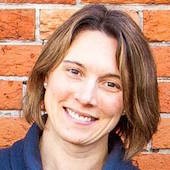
Dr. Amy Sprowles
“The HSU Bridges program”, says Dr. Sprowles, “was largely developed by four people: Rollin Richmond, then HSU President, who worked closely with Susan Baxter, Executive Director of the CSU Program for Education and Research in Biotechnology, to secure the CIRM Bridges initiative; HSU Professor of Biological Sciences Jacob Varkey, who pioneered HSU’s undergraduate biomedical education program”, and Sprowles herself, at the time a lecturer with a PhD in Biochemistry.
The program has two parts: a beginning course in stem cell research, and a twelve-month internship in a premiere stem cell research laboratory. For HSU, these are at Stanford University, UC Davis, UCSF, or the Scripps Research Institute.
Like all CIRM Bridges programs, the HSU stem cell program is individually designed to suit the needs of its community.
Each of the 15 CIRM Bridges Programs fund up to ten paid internships, but the curriculum and specific activities of each are designed by their campus directors. The HSU program prepares Bridges candidates by requiring participation in a semester-long lecture and stem cell biology laboratory course before selection for the program: a course designed and taught by Sprowles since its inception.
She states, “The HSU pre-internship course ensures our students are trained in fundamental scientific concepts, laboratory skills and professional behaviors before entering their host laboratory. We find this necessary since, unlike the other Bridges campuses, we are 300+ miles away from the internship sites and are unable to fully support this kind of training during the experience. It also provides additional insights about the work ethic and mentoring needs of the individuals we select that are helpful in placing and supporting our program participants”.
How is it working?
Ten years after it began, 76 HSU students have completed the CIRM Bridges program at HSU. Of those, the overwhelming majority (over 85%) are committed to careers in regenerative medicine: either working in the field already, or continuing their education toward that goal.
But what happened to their lives? Take a brief look at the ongoing careers of a “Magnificent Seven” HSU Bridges scientists:

http://www2.humboldt.edu/biosci/hsu-cirm/alumni.html
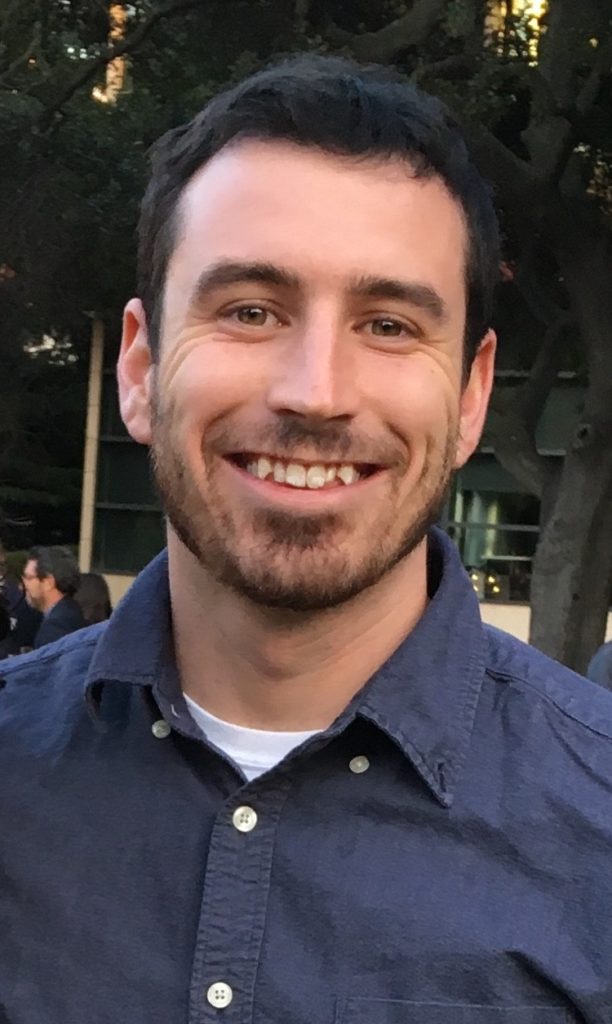
CARSTEN CHARLESWORTH: “Spurred by the opportunity to complete a paid internship at a world class research institution in Stem Cell Biology, I applied to the Humboldt CIRM Bridges program, and was lucky enough to be accepted. With a keen interest in the developing field of genome editing and the recent advent of the CRISPR-Cas9 system I chose to intern in the lab of a pioneer in the genome editing field, Dr. Matthew Porteus at Stanford, who focuses in genome editing hematopoietic stem cells to treat diseases such as sickle cell disease. In August of 2018 I began a PhD in Stanford’s Stem Cell and Regenerative Medicine program, where I am currently a second-year graduate student in the lab of Dr. Hiro Nakauchi, working on the development of human organs in interspecies human animal chimeras. The success that I’ve had and my acceptance into Stanford’s world class PhD program are a direct result of the opportunity that the CIRM Bridges internship provided me and the excellent training and instruction that I received from the Humboldt State Biology Program.”
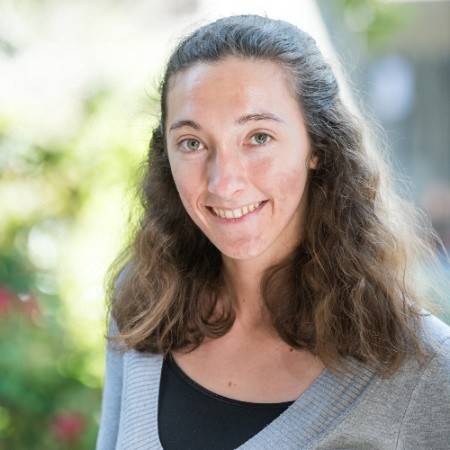
ELISEBETH TORRETTI: “While looking for opportunities at HSU, I stumbled upon the CIRM Bridges program. It was perfect- a paid internship at high profile labs where I could expand my research skills for an entire year… the best fit (was) Jeanne Loring’s Lab at the Scripps Research Institute in La Jolla, CA. Dr. Loring is one of the premiere stem cell researchers in the world… (The lab’s) main focus is to develop a cure for Parkinson’s disease. (They) take skin cells known as fibroblasts and revert them into stem cells. These cells, called induced pluripotent stem cells (iPSCs) can then be differentiated into dopaminergic neurons and transplanted into the patient…. My project focused on a different disease: adenylate-cyclase 5 (ADCY5) — related dyskinesia. During my time at Dr. Loring’s lab I learned incredibly valuable research skills. I am now working in a mid-sized biotch company focusing on cancer research. I don’t think that would be possible in a competitive area like San Diego without my experience gained through the CIRM Bridges program.”
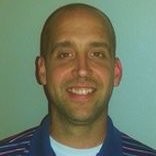
BRENDAN KELLY: “After completing my CIRM internship in Dr. Marius Wernig’s lab (in Stanford), I began working at a startup company called I Peace. I helped launch this company with Dr. Koji Tanabe, whom I met while working in my host lab. I am now at Cardiff University in Wales working on my PhD. My research involves using patient iPSC derived neurons to model Huntington’s disease. All this derived from my opportunity to partake in the CIRM-Bridges program, which opened doors for me.”
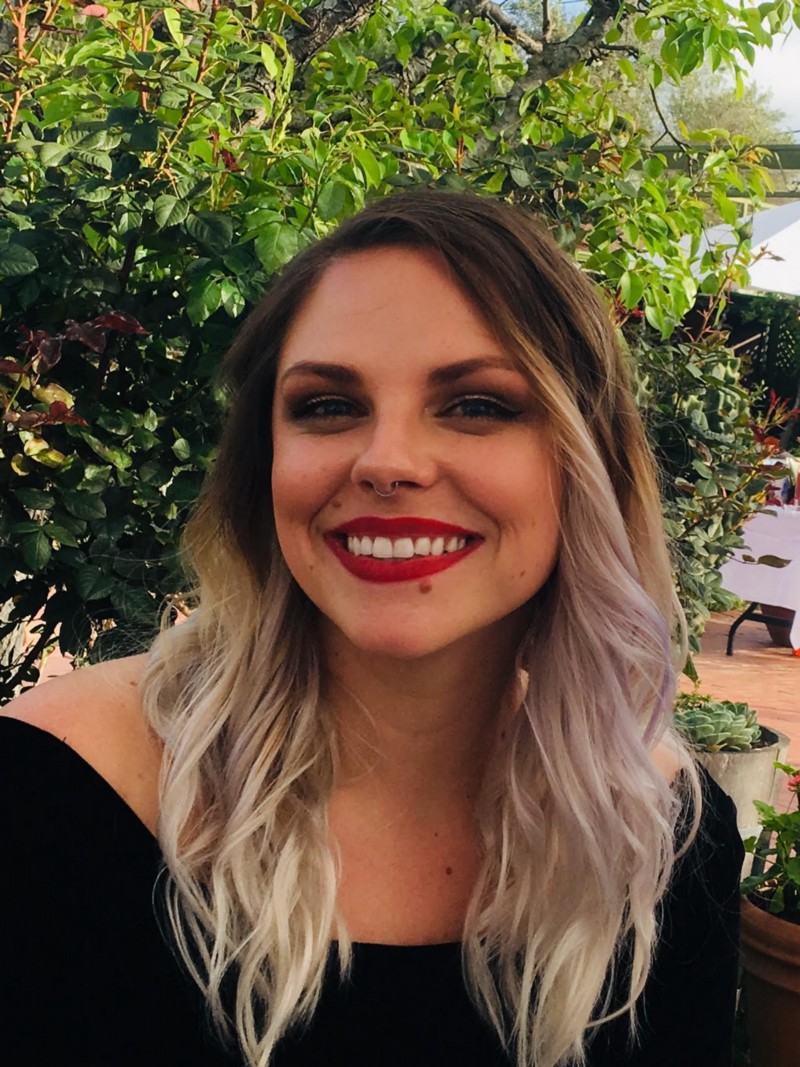
SAMANTHA SHELTON: “CIRM Bridges provided invaluable hands-on training in cell culture and stem cell techniques that have shaped my future in science. My CIRM internship in John Rubenstein’s Lab of Neural Development taught me amazing laboratory techniques such as stem cell transplantation as well as what goes into creating a harmonious and productive laboratory environment. My internship projects led to my first co-first author publication.
After my Bridges internship, I joined the Graduate Program for Neuroscience at Boston University. My PhD work aims to discover types of stem cells in the brain and how the structure of the brain develops early in life. During this time, I have focused on changes in brain development after Zika virus infection to better understand how microcephaly (small skulls and brains, often a symptom of Zika-DR) is caused. There is no doubt that CIRM not only made me a more competitive candidate for a doctoral degree but also provided me with tools to progress towards my ultimate goal of understanding and treating neurological diseases with stem cell technologies.”
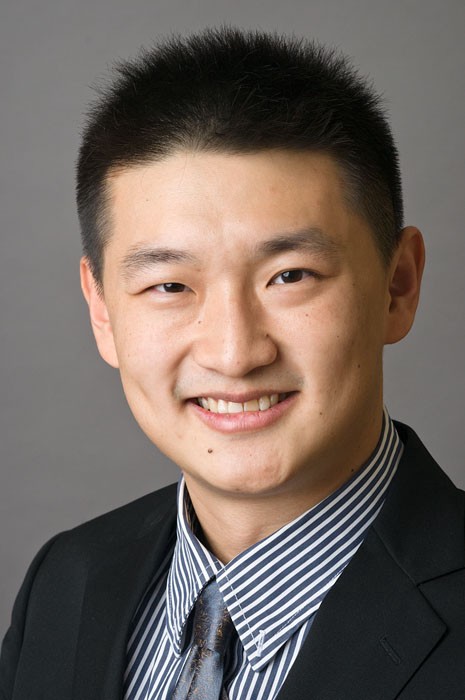
DU CHENG: “Both my academic and business tracks started in the CIRM-funded…fellowship (at Stanford) where I invented the technology (the LabCam Microscope adapter) that I formed my company on (iDU Optics LLC). The instructor of the class, Dr. Amy Sprowles, encouraged me to carry on the idea. Later, I was able to get in the MD-PhD program at Weill Cornell Medical College because of the invaluable research experiences CIRM’s research program provided me. CIRM initiated the momentum to get me where I am today. Looking back, the CIRM Bridges Program is an instrumental jump-starter on my early career… I would not remotely be where I am without it.…”
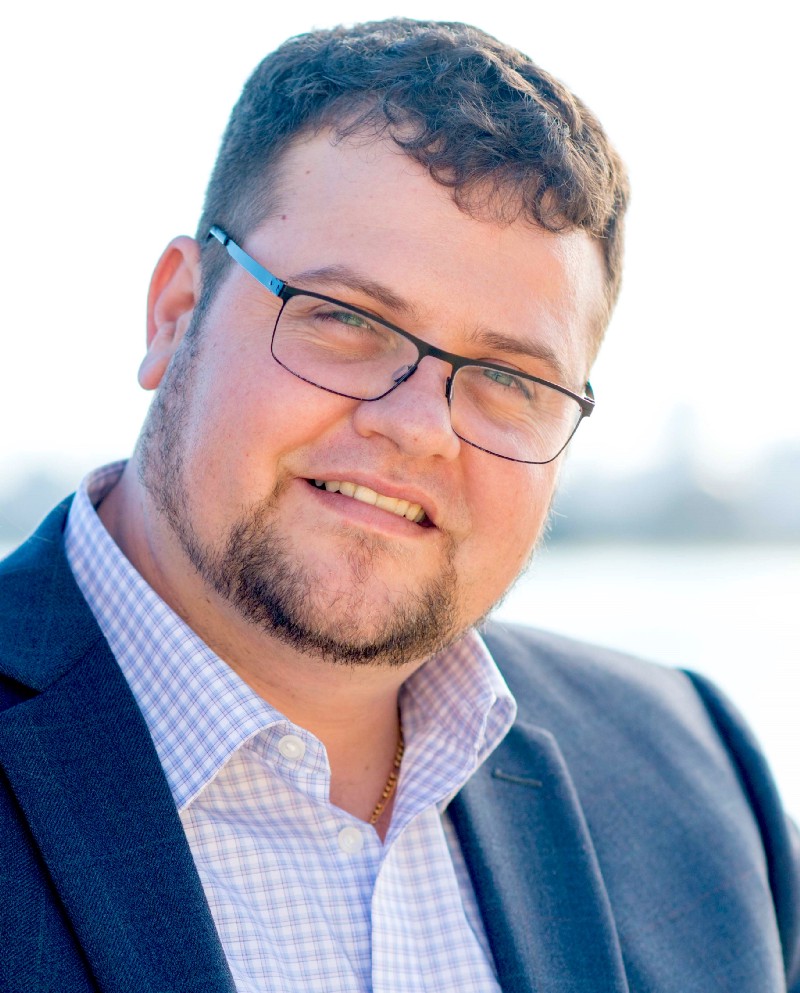
CODY KIME: “Securing a CIRM grant helped me to take a position in the Nobel Prize winning Shinya Yamanaka Lab at the Gladstone Institutes, one of the most competitive labs in the new field of cell reprogramming. I then explored my own reprogramming interests, moving to the Kyoto University of Medicine, Doctor of Medical Sciences Program in Japan, and building a reprogramming team in the Masayo Takahashi Lab at RIKEN. My studies explore inducing cells to their highest total potential using less intrusive means and hacking the cell program. My systems are designed to inform my hypotheses toward a true お好みの細胞 (okonomi no cybo) technology, meaning ‘cells as you wish’ in Japanese, that could rapidly change any cell into another desired cell type or tissue.”
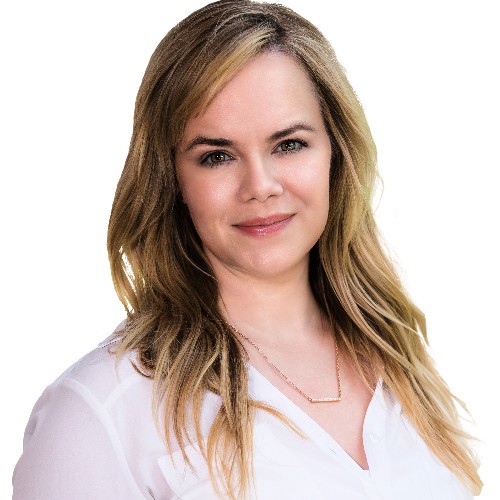
SARA MILLS: “The CIRM Bridges program was the key early influencer which aided in my hiring of my first industry position at ViaCyte, Inc. Also a strongly CIRM funded institution, I was ultimately responsible for the process development of the VC-01™ fill, finish processes and cGMP documentation development. Most recently, with over two years at the boutique consulting firm of Dark Horse Consulting, Inc., I have been focusing on aseptic and cGMP manufacturing process development, risk analysis, CMC and regulatory filings, facility design and project management to advise growing cell and gene therapy companies, worldwide.”
Like warriors fighting to save lives, these young scientists are engaged in an effort to study and defeat chronic disease. It is to be hoped the California stem cell program will have its funding renewed, so the “Bridges” program can continue.
For more information on the Bridges program, which might help a young scientist (perhaps yourself) cut and paste the following URL:
https://www.cirm.ca.gov/our-impact/internship-programs
One closing paragraph perhaps best sums up the Bridges experience:
“During my CIRM Bridges training in Stanford University, I was fortunate to work with Dr. Jill Helms, who so patiently mentored me on research design and execution. I ended up publishing 7 papers with her during the two-year CIRM internship and helped making significant progress of turning a Stem Cell factor into applicable therapeutic form, that is currently in preparation for clinical trial by a biotech company in Silicon Valley. I also learned from her how to write grants and publications, but more importantly, (to) never limit your potential by what you already know.” — Du Cheng
Don C. Reed is the author of two books and many articles on stem cell research, most recently: CALIFORNIA CURES: How the California Stem Cell Research Program is Fighting to Cure Your Incurable Disease”, from World Scientific Publishing, Inc., publishers of the late Stephen Hawking.